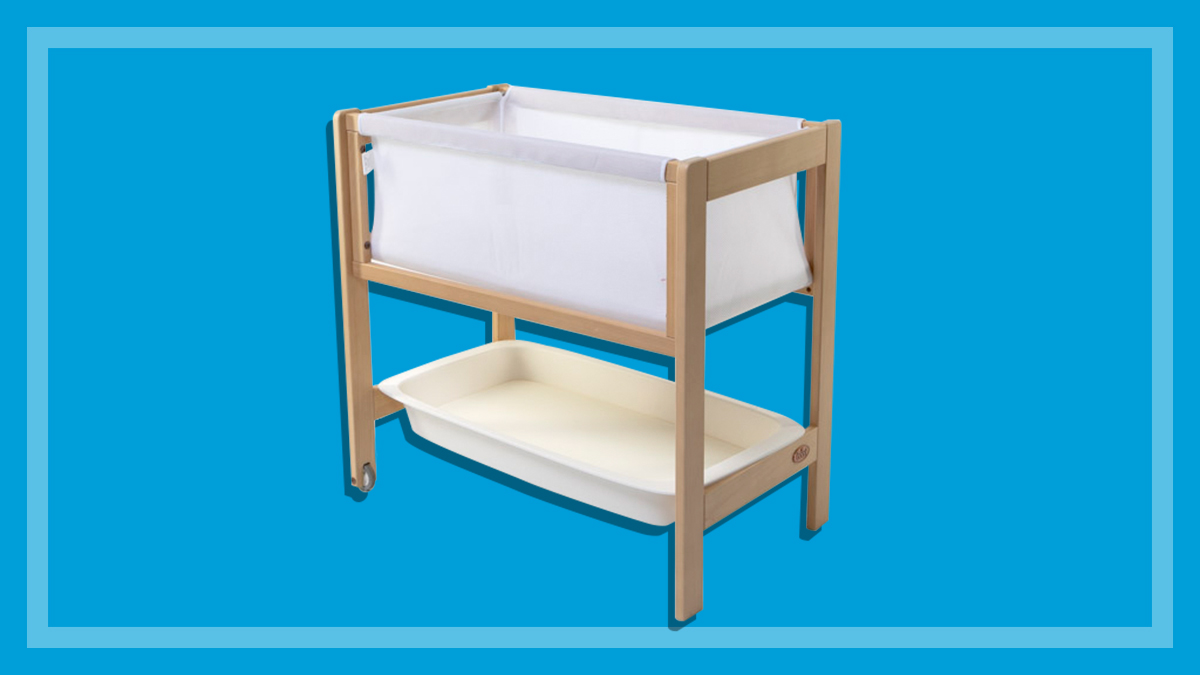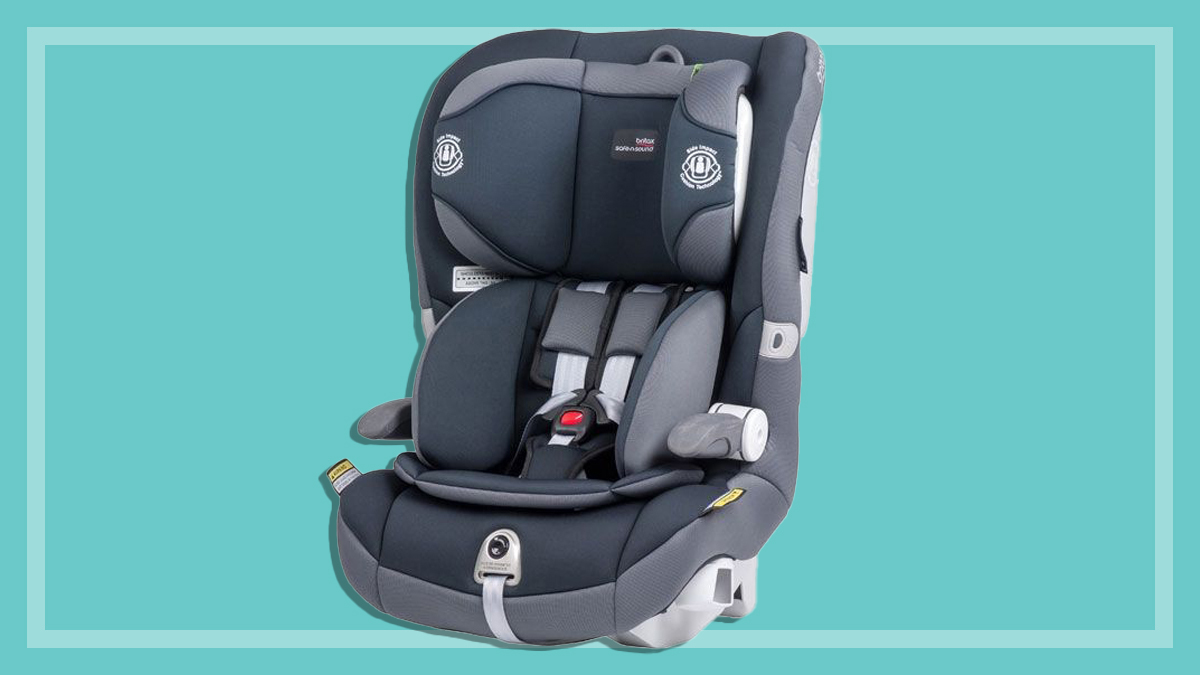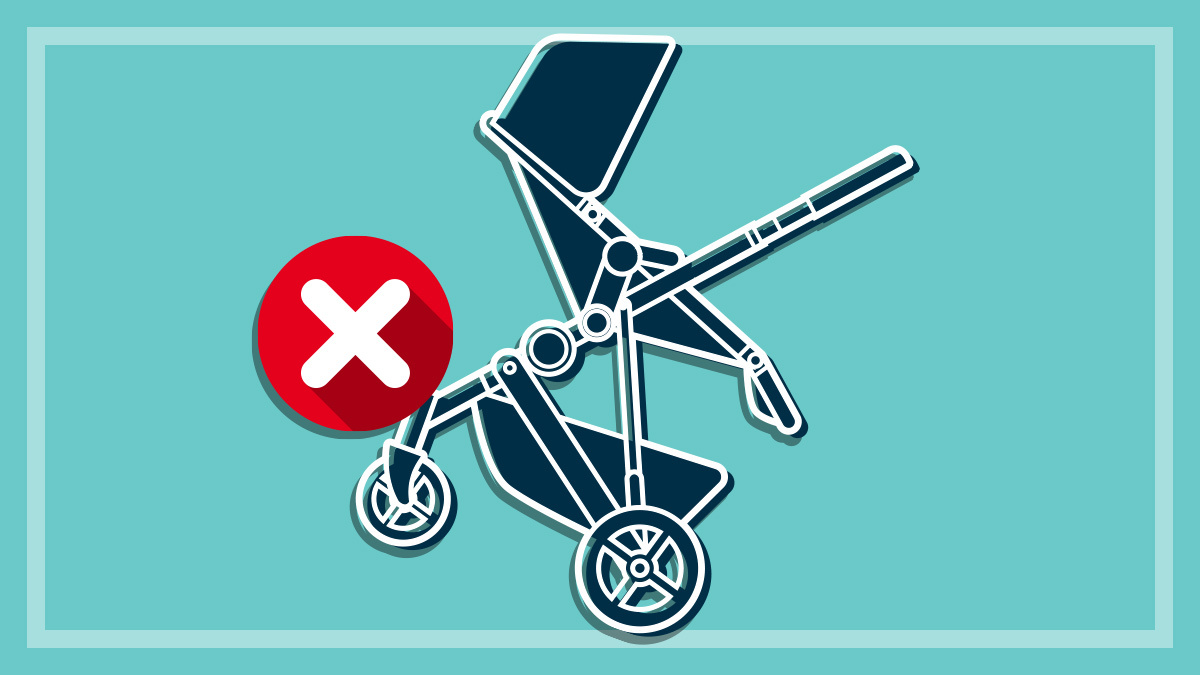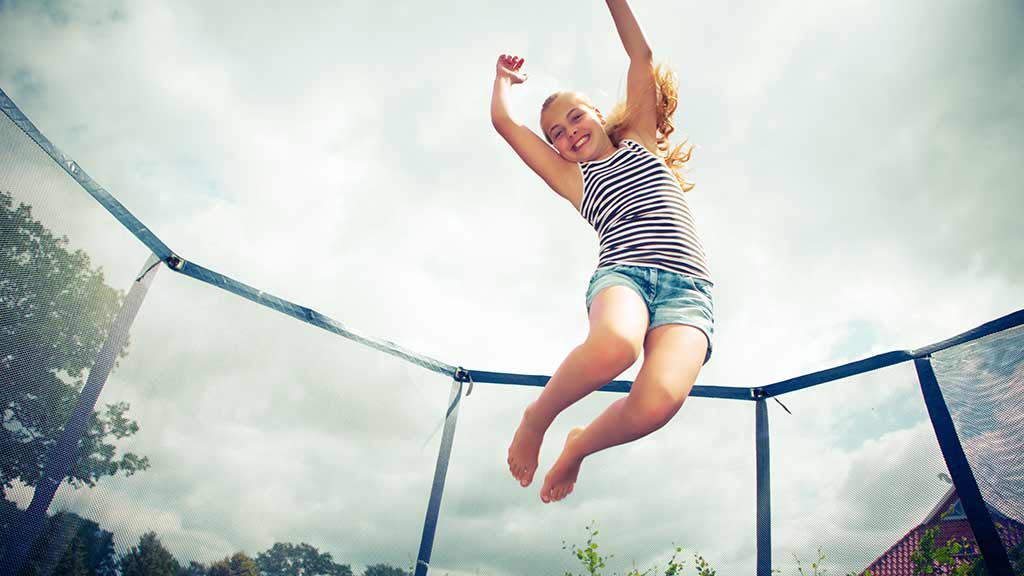Get our independent lab tests, expert reviews and honest advice.
How to buy a bassinet
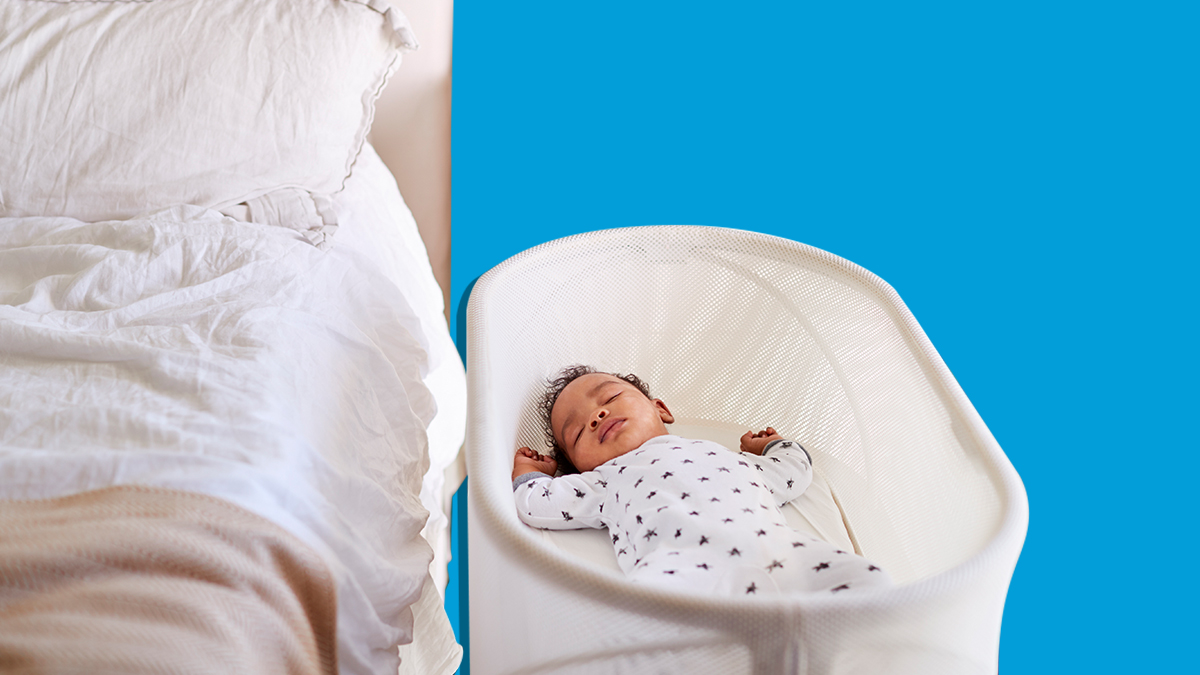
When you’re about to welcome a baby into the world, life can become an array of bewildering shopping decisions – including where you are going to put that baby to sleep. While it’s perfectly fine to put your baby straight into a cot, many parents prefer to have something smaller (and snugger) for their little one to bed down in the early months.
On this page:
- Cot or bassinet: Which should you get?
- How quickly do babies outgrow bassinets?
- What to know about bedside sleepers
- How much do bassinets cost?
- Key features to look for
Cot or bassinet: Which should you get?
Bassinets are handy because they don’t take up as much space as a cot, so you can fit them in your bedroom during those early (and tiring) months when you’ll want your baby close by for feeding, especially as it’s recommended that your baby sleeps in the same room as you for the first six to 12 months.
Some parents like to have a bassinet with wheels so they can move around the house during those day sleeps and still keep baby close by.
You can also find bassinets that are designed to attach to the side of the parents’ bed (called bedside sleepers), and others hang from a frame or within an actual cot and provide a gentle rocking motion.
The case for your newborn going straight to a cot, however, is that it’ll be suitable for your child for at least a couple years (some even convert to a junior bed). Cots are also covered by mandatory Australian safety standards, whereas there is no safety standard in Australia for bassinets. That’s why our experts have devised our own in-house test procedures for bassinets, testing to various existing standards for similar children’s products such as cots and folding cots.
How quickly do babies outgrow bassinets?
Babies grow fast, and will grow out of their bassinets as early as a couple of months old! As each bassinet comes with a different recommendation as to when to move on to a cot, it will also depend on how big your baby grows. As a rule, bassinets shouldn’t be used once your baby can roll over or pull themselves up (or over) the side – which is usually around 4–6 months of age.
What to know about bedside sleepers
A bedside sleeper is a bassinet that either attaches to, or is placed by, the side of your adult bed. It has one side that folds down to let you access your baby without the hassle of having to get up at night to feed or change them. They’re designed to mimic the intimacy and convenience of co-sleeping, without the baby actually being in bed beside you (this can increase the risk of SIDS in certain circumstances, such as whether a parent is a smoker).
Bedside sleepers come in different variations – some have a side that opens fully, while others have a side that folds down partway, forming a little “gate” between the adult bed and bedside sleeper. Generally, they can also double as a standalone bassinet.
Make sure that the bedside sleeper you choose is suitable for the height and style of bed you’ll be using it on. Some additional parts may be available, such as height adjusters or extensions for framed beds.
Ongoing bedside sleeper safety concerns
In April 2015, a baby in the UK died in a Bednest bedside sleeper which had been bought second-hand. The baby suffocated after being left unsupervised with the side halfway down, in a face down (prone) position. The instructions, which indicated that the baby must never be left unsupervised in this configuration, were not present with the second-hand sale. CHOICE noted the lack of the Bednest’s breathable zones in our November 2014 bassinet and bedside sleepers test, and did not recommend it.
In February 2016, the Bednest was recalled in Australia, with a modification kit available to owners (which prevents the Bednest from being used with the side halfway down).
Referencing the tragedy, the Red Nose statement on sharing a sleep surface with a baby states that if a parent is looking to use a product such as a bassinet or bedside sleeper with no Australian or New Zealand standards, “they need to ascertain not only whether the product may be effective but also is it safe to use under all circumstances and where the baby may be unsupervised”.
How much do bassinets cost?
The models in our most recent bassinet and bedside sleeper test range in price from around $99 up to $900 with one model costing more than $2100! But it’s worth keeping in mind that the old adage “you get what you pay for” doesn’t always apply. Many of the bassinets we recommend are under $300 and outperform some of their (much) costlier counterparts, so it pays to do your research.
Key features to look for
Safety standards
There is no Australian standard for bassinets or bedside sleepers, but some products claim compliance with the older standard for rocking cradles AS/NZS 4385:1996. Other standards to look out for that manufacturers tend to have their bassinets tested to include:
- the European standard EN 1130
- the US standard ASTM F2194
The US, however, has a bedside sleeper safety standard to look out for (ASTM F2906-13). This covers issues such as disengagement between the bedside sleeper and the adult bed. But the presence of breathable zones is not part of this standard. Bedside sleepers that double as a bassinet must also meet ASTM F2194 in order to meet the bedside sleeper standard.
In the absence of an Australian standard, our experts in the CHOICE lab conduct safety tests including mattress firmness, breathability and stability.
Breathable zones
We only recommend bassinets and bedside sleepers with adequate breathable zones on all four sides to eliminate suffocation risks and provide enough ventilation for your baby. There are no official international requirements for breathable zones in bassinets or bedside sleepers, so you will find many models that don’t meet this specification. We think this is a crucial element of a bassinet purchase.
Sturdy construction
All the parts in the bassinet should be permanently fixed, or be so difficult to move that it needs a lot of effort or a tool to take it apart.
Depth
The bassinet should be deep enough to stop your baby from falling out. The vertical distance between the top surface of the mattress and the upper edge of the bassinet enclosure should be no less than 250mm.
Mind the gap
Make sure that the mattress fits snugly around all sides, but not too snugly that it causes puffed sides which could be a suffocation risk. Check that there is no gap between the edge of the mattress and the side of the bassinet, as gaps at the sides are a suffocation risk. Make sure the mattress is firm, and don’t put any other kind of mattress in the bassinet other than the one it came with.
Mind the traps
Check that there are no areas where your baby could trap their limbs, head or fingers, and that there’s nothing pointy or sticking out that could hit your baby’s head or snag on their clothing.
Footholds
There shouldn’t be anything in the bassinet that could be used by your child as a ledge for climbing out. While this isn’t a major issue for most babies under 4-6 months, some get on the move early. And you don’t want to find out the hard way, in the middle of the night.
Wheels and brakes
Castor wheels make the bassinet easier to move around, but there should be lockable brakes on at least two of the wheels.
Washable
Young babies are notoriously leaky, from both ends! So look for a bassinet that’s easy to clean; preferably one with removable fabric.
Storage
Many bassinets have a bottom basket to store essentials like nappies and wipes.
For safe sleeping resources, tips and advice, see the Red Nose website.
“Smart” bassinets
A couple of models we’ve tested, such as the Snoo Smart Sleeper Bassinet, have white noise and rocking or vibrating features to help lull your baby to sleep. These are normally controlled remotely via an app. (For more on the Snoo’s vibrating and white noise features and what experts say about them, our US counterpart, Consumer Reports, has a comprehensive breakdown of its pros and cons.)
It’s important that manufacturers make sure any internet-connected device is secure. In 2019 security researchers in the US found a software vulnerability in the Snoo (which was quickly patched) that could have allowed hackers on the same Wi-Fi network to control the motor output of the Snoo and cause it to vibrate faster than designed. A similar issue was also discovered with the speaker volume and was also fixed.

